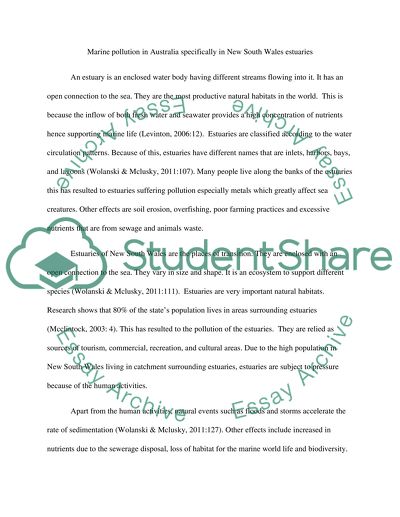Cite this document
(Causes of Water Pollution in the New South Wales Estuaries Essay Example | Topics and Well Written Essays - 2000 words, n.d.)
Causes of Water Pollution in the New South Wales Estuaries Essay Example | Topics and Well Written Essays - 2000 words. https://studentshare.org/environmental-studies/1488736-causes-of-water-pollution-in-the-new-south-wales-estuaries
Causes of Water Pollution in the New South Wales Estuaries Essay Example | Topics and Well Written Essays - 2000 words. https://studentshare.org/environmental-studies/1488736-causes-of-water-pollution-in-the-new-south-wales-estuaries
(Causes of Water Pollution in the New South Wales Estuaries Essay Example | Topics and Well Written Essays - 2000 Words)
Causes of Water Pollution in the New South Wales Estuaries Essay Example | Topics and Well Written Essays - 2000 Words. https://studentshare.org/environmental-studies/1488736-causes-of-water-pollution-in-the-new-south-wales-estuaries.
Causes of Water Pollution in the New South Wales Estuaries Essay Example | Topics and Well Written Essays - 2000 Words. https://studentshare.org/environmental-studies/1488736-causes-of-water-pollution-in-the-new-south-wales-estuaries.
“Causes of Water Pollution in the New South Wales Estuaries Essay Example | Topics and Well Written Essays - 2000 Words”. https://studentshare.org/environmental-studies/1488736-causes-of-water-pollution-in-the-new-south-wales-estuaries.


